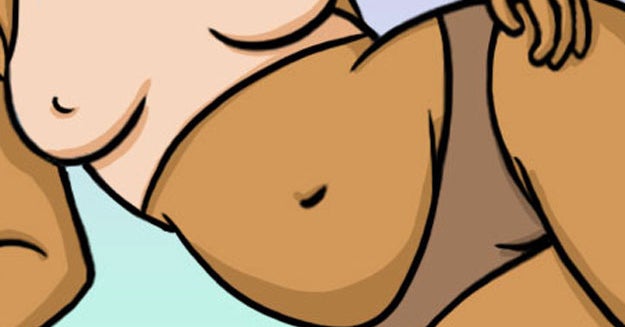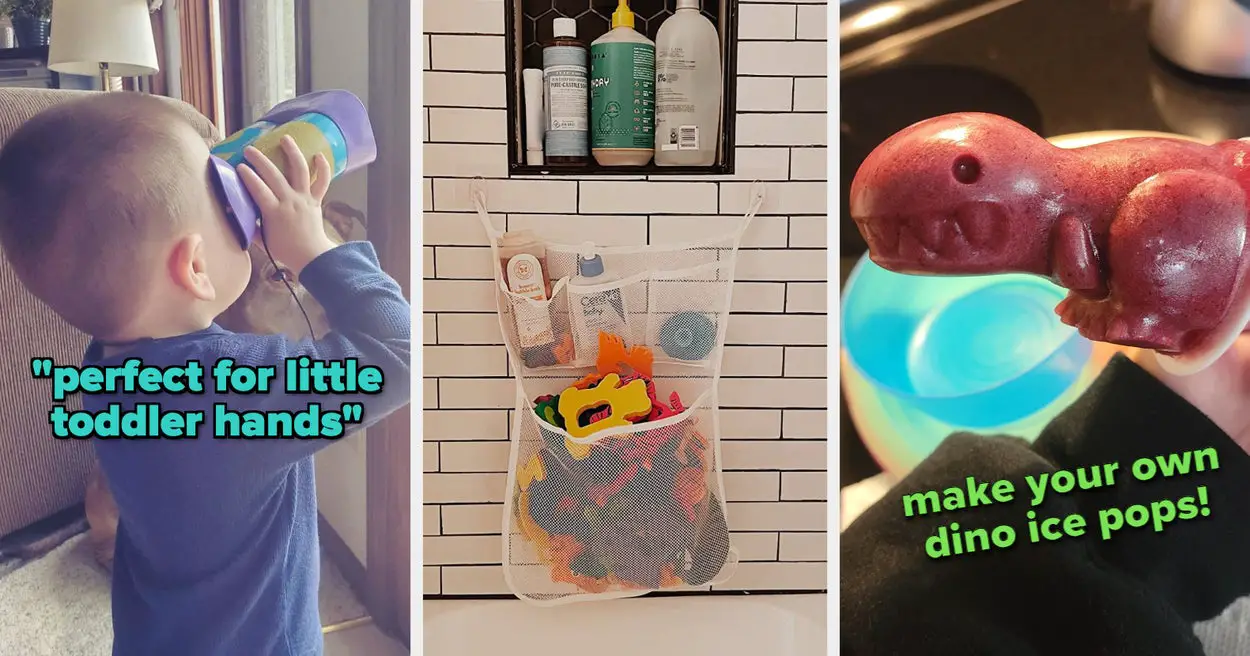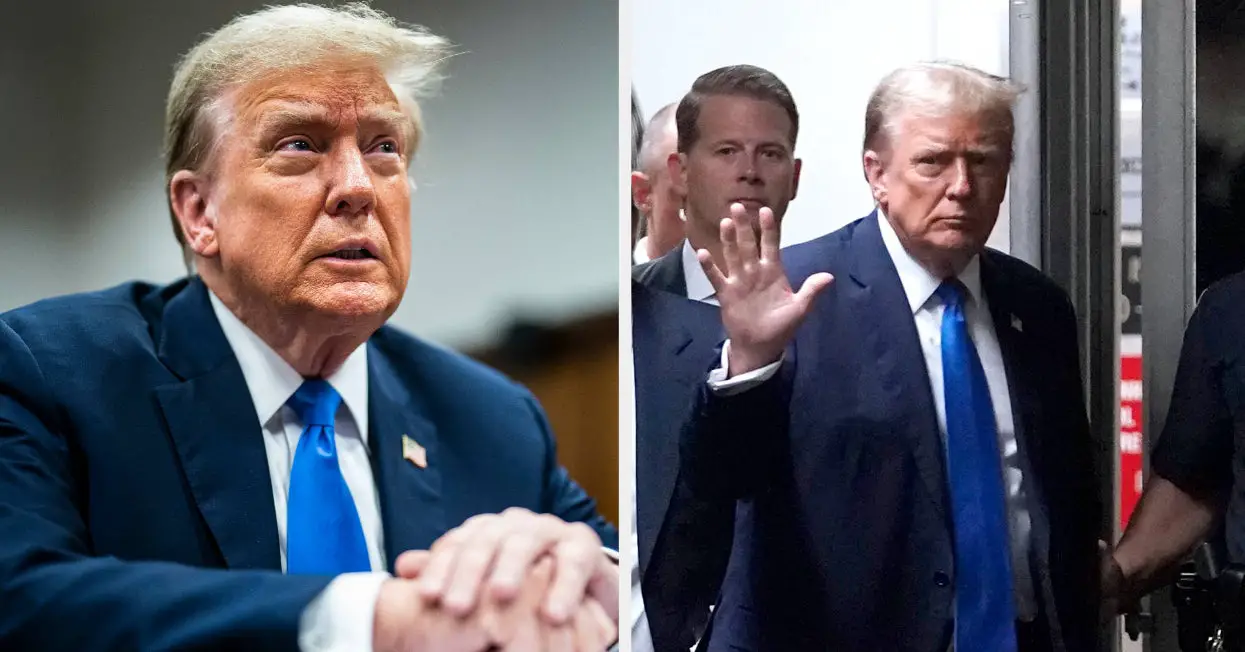For a business to succeed, it needs to generate revenue by practically applying its limited resources. What’s more a help than a business’s store, storefront, or storefront?
There’s an old saying about not putting new wine in old bottles; that same logic applies to business design. Before moving too much or too little, you must get your store layout right. When it comes to your business, you must ensure you appeal to your customers and employees in every way.
This article will discuss three critical factors you should consider when designing your store layout.
1. Customer’s Shopping Journey
Understanding how your customers navigate your retail store and what influences their decision-making can help you design a layout that maximizes their satisfaction and sales. You should analyze your store’s traffic flow, identify the high-traffic areas, and place your most profitable products or promotions.
Moreover, you should pay attention to the visual cues that guide customers’ attention and create a logical path that leads them from the entrance to the checkout. For example, you can use color, lighting, and signage to highlight your best-sellers and create focal points and different product categories. By designing a customer-centric store layout, you can increase the likelihood of customers spending more time and money in your store.
2. Product Placement and Visibility
Well-designed store setups should showcase your merchandise in the most accessible way possible. You should arrange your products to make it easy for customers to find what they are looking for and discover new items.
For instance, you can use the “decompression zone,” the first few feet of your store, to create a welcoming and enticing atmosphere that draws customers in. You can use vertical space, such as shelving displays.
Furthermore, you can also read about retail-ready fixtures for your guide. It is to showcase your products at eye level and create a sense of abundance and variety.
Moreover, you should pay attention to product grouping and adjacencies, which can influence cross-selling and impulse buying. For example, you can place complementary products next to each other, such as chips and salsa or wine and cheese. It is to encourage customers to buy more than one item.
3. Overall Ambiance and Atmosphere
A store can have a bright, cheerful atmosphere or a darker, more subdued atmosphere. Factors that affect overall ambiance and atmosphere include store lighting, color palette, sound, smell, and the type of music playing.
Lighting should be bright and pleasant, with attention given to light fixtures. You should select the color palette to fit the store’s overall vibe.
Also, the sound should be comfortable, with no loud sudden noises. Smells are also important, with natural scents proving more appealing than synthetic ones. It would help if you considered all these factors to create a pleasant atmosphere that customers will enjoy.
A Guide to Design Your Store Layout
Creating a successful store layout is a difficult task. Still, with careful consideration of the customer, store products, and objectives, you will be well on your way to creating a successful design.
Take your time and plan out a strategy that works for your store. Get customer feedback, and don’t hesitate to make changes if needed.
Ensure your store layout reflects the brand to create a unique customer experience and help your store succeed. Check out our latest articles to learn all you can today!
Source link










Leave a Reply